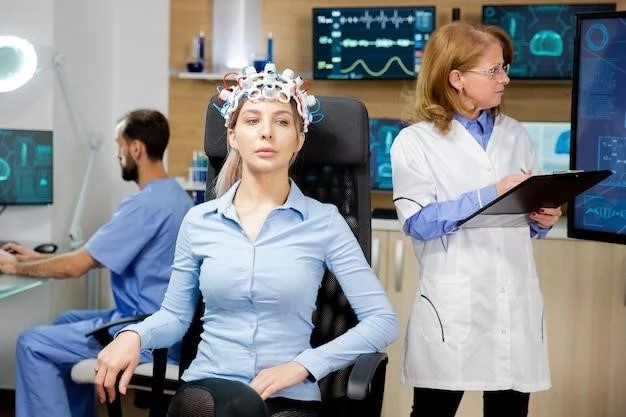Causes of Craniosynostosis
Genetic mutations play a crucial role in the occurrence of craniosynostosis.
Genetic Factors
Genetic factors contributing to craniosynostosis can involve mutations in specific genes, such as FGFR1, FGFR2, FGFR3, TWIST1, and others. These mutations can lead to abnormal bone growth and premature fusion of cranial sutures, resulting in craniosynostosis.
Environmental Factors
Environmental factors such as maternal smoking, alcohol consumption during pregnancy, exposure to certain medications, or maternal health conditions can also contribute to craniosynostosis development. These external influences can impact fetal development and cranial suture fusion.
Symptoms of Craniosynostosis
Craniosynostosis may manifest as an abnormal head shape or facial features.
Physical Symptoms
Physical symptoms of craniosynostosis include an abnormal head shape, raised intracranial pressure, vision problems, and an asymmetric skull. These manifestations can vary based on the specific suture(s) affected and the severity of the condition.
Developmental Delays
Craniosynostosis may result in developmental delays in affected infants. These delays can impact milestones such as speech and motor skills. Early detection and intervention are crucial to address and mitigate these developmental challenges effectively.

Craniosynostosis in Infants
Early diagnosis of craniosynostosis in infants is crucial for prompt intervention.
Diagnosis in Infants
Diagnosis of craniosynostosis in infants involves physical examinations, imaging tests like CT scans, and evaluation of head shape and suture fusion. The expertise of pediatric specialists is essential for accurate identification and assessment.
Impact on Growth and Development
Craniosynostosis in infants can affect skull growth and brain development, potentially leading to long-term consequences. Early intervention and appropriate treatments play a crucial role in minimizing the impact on a child’s growth, cognitive development, and overall well-being.
Treatment Options for Craniosynostosis
Non-surgical approaches like helmet therapy may be utilized.
Non-Surgical Treatments
Non-surgical treatments for craniosynostosis may include helmet therapy, which aims to reshape the skull gradually. This conservative approach is often recommended for infants with specific types of cranial abnormalities to support proper skull development.
Surgical Interventions
Surgical interventions for craniosynostosis typically involve procedures to release or reshape fused sutures, allowing normal skull growth. Surgeons utilize techniques such as cranial vault remodeling to ensure optimal head shape and reduce potential complications associated with the condition.
Surgical Procedures for Craniosynostosis
One surgical option is endoscopic strip craniectomy.
Endoscopic Strip Craniectomy
Endoscopic strip craniectomy is a minimally invasive surgical technique used to treat craniosynostosis by removing the affected suture. This procedure aims to allow the skull to grow properly, relieving pressure on the brain and preventing potential developmental issues.
Frontal Orbital Advancement
Frontal orbital advancement is a surgical procedure used to correct craniosynostosis by reshaping the forehead and eye sockets. This approach aims to restore facial symmetry, improve aesthetics, and support optimal cranial development in affected individuals.
Living with Craniosynostosis
Specialized care and therapies can enhance quality of life.
Supportive Care and Therapies
Living with craniosynostosis may require supportive care like physical therapy, speech therapy, and psychological support. These interventions aim to address any developmental delays, improve function, and enhance overall well-being in individuals affected by the condition.
Emotional and Psychological Well-being
Emotional and psychological well-being for individuals living with craniosynostosis is essential. Support from mental health professionals, counseling services, and peer support groups can help manage stress, anxiety, and foster a positive self-image, promoting overall emotional health.
Craniosynostosis Awareness
Raising awareness through advocacy initiatives is crucial.
Advocacy and Education Initiatives
Advocacy and education initiatives for craniosynostosis aim to increase understanding, support affected individuals and families, and promote early detection. These efforts play a vital role in advancing research, providing resources, and enhancing the quality of care for those impacted by the condition.
Promoting Early Detection
Promoting early detection of craniosynostosis is critical for timely intervention and improved outcomes. Increased awareness among healthcare professionals, parents, and caregivers can lead to prompt diagnosis, appropriate treatment planning, and better support for infants and children affected by this condition.
